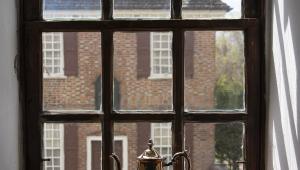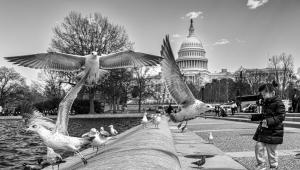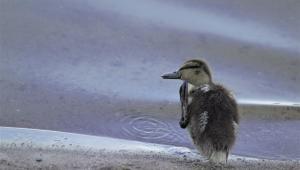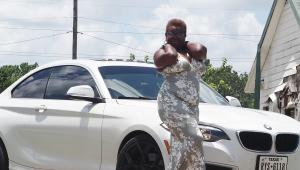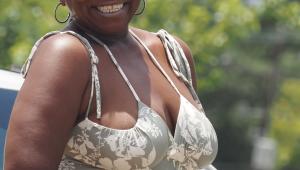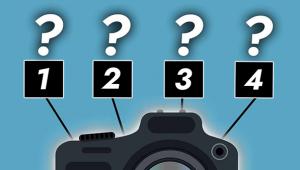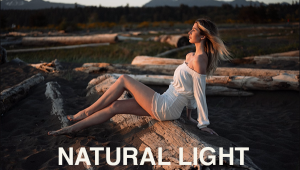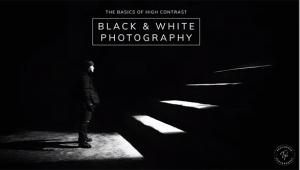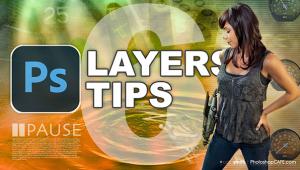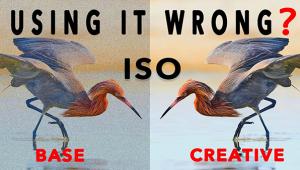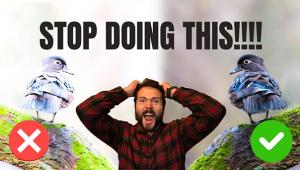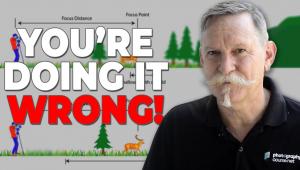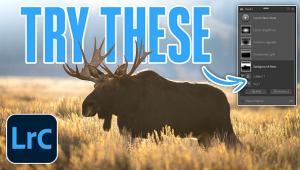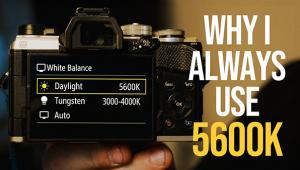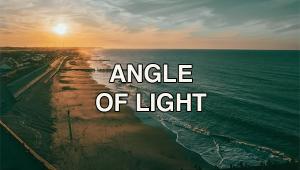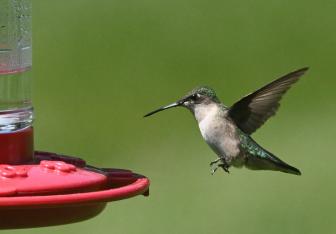By paying special attention to these details, you're that much close to CCNA exam day success and earning your certification. I recommend that you get some experience with configuring OSPF hub-and-spoke before taking the CCNA exam, because it's by actually performing tasks such as this that makes you supremely confident on CCNA test day.
650-295, 642-584,
Profile; Interview With David Hume Kennerly; A Life In Photojournalism
 David Hume Kennerly has led an amazing career as a photojournalist. In 1968 he photographed Robert Kennedy at the California presidential primary moments before he was gunned down at the Ambassador Hotel. He covered Vietnam for UPI where he won a Pulitzer Prize in ’72. He was President Gerald R. Ford’s personal photographer. After Washington, Kennerly covered some of the biggest stories of the ’70s and ’80s for “Time” magazine, including Egyptian President Anwar Sadat’s trip to Israel, the mass suicide at Jonestown, and he was able to take exclusive photos of President Ronald Reagan and Soviet President Mikhail Gorbachev’s first meeting in Geneva in ’85. We recently talked with him about his career, his perspective on the world of photojournalism, and his plans for the future.
David Hume Kennerly has led an amazing career as a photojournalist. In 1968 he photographed Robert Kennedy at the California presidential primary moments before he was gunned down at the Ambassador Hotel. He covered Vietnam for UPI where he won a Pulitzer Prize in ’72. He was President Gerald R. Ford’s personal photographer. After Washington, Kennerly covered some of the biggest stories of the ’70s and ’80s for “Time” magazine, including Egyptian President Anwar Sadat’s trip to Israel, the mass suicide at Jonestown, and he was able to take exclusive photos of President Ronald Reagan and Soviet President Mikhail Gorbachev’s first meeting in Geneva in ’85. We recently talked with him about his career, his perspective on the world of photojournalism, and his plans for the future.
Shutterbug: Can you tell us how you got started in photography?
David Hume Kennerly: I was born and raised in Roseburg, Oregon, and developed an interest in photography early on. I recall watching a garage burn down near my house when I was 12 years old, which is a pretty exciting event if you’re a kid. Then a photographer from the local newspaper crossed the police line to take pictures. It made an impact on me—a camera can take you to places that other people can’t go. What a concept! Since then I’ve gone plenty of places other people couldn’t go, and have even taken a few risks along the way to get there.
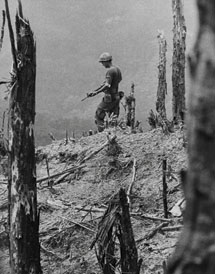 |
|
|
SB: You certainly have taken risks in your career. You won a Pulitzer Prize in 1972 for your coverage of the Vietnam War. Would you have any advice for future combat photographers?
DHK: I wouldn’t encourage anybody to go do that, or discourage them for that matter. It’s really something that comes from within. Modern combat photography has changed so much except that you can still get killed doing it. In Vietnam, you could pretty much go wherever you wanted to go if you were crazy enough to want to go there. The military was more than happy to provide the ride. Now it’s much harder to get to the fighting. The US military these days facilitates this by “embedding” photographers with combat units, and photographers can definitely see some action, but it’s harder to get to it. My main war was Vietnam, and you could “embed” yourself whenever you wanted to, wherever you wanted to, and the military was happy to have you there. Nowadays in places like Iraq and Afghanistan it’s doubly dangerous. You can’t even walk down the streets of Baghdad as a foreigner without some risk, which makes it really difficult to appreciate the local culture.
 |
SB: What would you say was your toughest assignment?
DHK: A real tough assignment is trying to get something that seems impossible to achieve, and it doesn’t even mean you have to come under fire to get it.
In that regard, I think one of the most challenging assignments I’ve had was getting inside Reagan and Gorbachev’s first Summit in Geneva in 1985. That was a big scoop, and to this day, it stands as one of the best ones that I’ve had. Every other member of the press was kept away from the behind-the-scenes action, but I figured out how to get inside by playing my contacts. Because of that, I got the exclusive photos of the two leaders sitting by the fire in that Geneva boathouse. It created quite a stir among my colleagues, and didn’t make me any new friends!
 |
SB: How did you manage to get where no one else could go?
DHK: The one guy in the Reagan press office who was the most helpful was the one person who the other photographers disregarded and felt had no power. I knew he did. His job was to deal with photographers’ requests, but they always tried to go over his head. Every time they did that the people they went to would always kick it back to him, he’d get mad, and they wouldn’t get their pictures. The photographers refused to believe that he was the main man. I always liked him and appreciated what he did, and knew he could pull it off. It was just a matter of knowing how the system works, that’s all. Sometimes the best solution is the easiest solution, and the one that you don’t believe can ever work.
 |
SB: Tell us what you see in journalism now.
DHK: Journalism, as we know it, is heading for extinction. Many great newspapers are folding. The Rocky Mountain News, for instance, just stopped publication. Their photo staff won two Pulitzers in the last five years for their photography. I wouldn’t be a bit surprised driving down an off-ramp and seeing a photographer standing there saying he’ll shoot for food. It’s a really serious situation out there.
 |
SB: Do you see anything taking the place of traditional journalism, anything that would give photographers both access and a way to publish these important events? Is the web capable of doing that, or do you just see it going away?
DHK: I’ll give you an example of how bad it is. Obama’s first overseas trip to Europe and the Middle East would normally be covered by Time, Newsweek, and the wire services. Newsweek didn’t send a photographer, and that does not bode well for the magazine business. When I heard that, it gave me great cause for concern, and makes me wonder if Newsweek’s days are numbered.
The printed page is becoming a diminishing resource. I get The New York Times and the Los Angeles Times every day, and they are shrinking both in physical size and content. When I was talking to Dirck Halstead in Austin the other day, he was worried that he won’t be getting his New York Times if the Austin American-Statesman goes out of business because they print the Times in that area.
I have young kids, and they don’t read the newspaper, everything for them is online. Because of the expense of putting out newspapers and magazines, I think their days are numbered. I would not have thought that five years ago, but I sure do now.
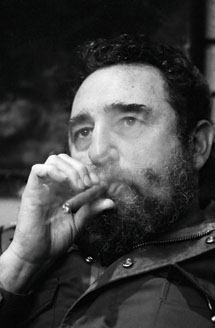 |
SB: In 2000, you did a self-inspired project of taking a photo a day, and that turned into the book Photo du Jour. Tell us about the self-assignment and the discipline of keeping it creative.
DHK: I refer to Photo du Jour as a self-inflicted assignment. It was a whimsical effort that became a very difficult process because I had to shoot pictures every single day of the week. I used a Mamiya 7 II camera, which is a medium format camera that looks like a Leica on steroids. I only used the 43mm lens, which is equivalent to 21mm on a 35 camera.
It was a political year which I was covering, but I wanted to show the road outside of the political campaigns. I didn’t want to shut my eyes to the world we were passing through with the candidates as I had done so many times, but instead I wanted to see what was going on, on the other side of the “bubble.”
There are a lot of good political pictures in the project, but the offbeat pictures from whatever town I was in really worked. The Smithsonian did a 150-picture exhibition from the book in 2003, and it’s probably the work I’m most proud of overall. It’s a one-year photo essay.
- Log in or register to post comments


This is quiet interesting. theway in which you take the shhot and converted it into an amazing art.
from: Side by side oven

Sounds interesting. Great info you got here. Take a look at this: win a car competition

I just love reading posts that have the best intentions of sharing & educating people about their passion. Meet and have a talk with the best baton rouge therapist

I have settled on a bit costly electrics because they frequently offer better results. cheap adjustable weights
http://bestadjustabledumbbellshq.org/

hiking trails california map camping stores san diego msr microrocket lightweight camping trailers canada.
payday loan cash advance
http://www.personalcashadvance.com/

hiking trails california map camping stores san diego msr microrocket lightweight camping trailers canada.
great post.
http://www.actionaffiliatesgreenville.com

hiking trails california map camping stores san diego msr microrocket lightweight camping trailers canada
is allstate insurance expensive

the thickness of the food slices and the food's water content. our site Think about how much storage space your dehydrator will need.

. I wonder how a rap song about the extinction of dinosaurs would be. Cari Uang Lewat Ekiosku.com, Cipto Junaedy.BOLA368.
beauty salon in North Port






















